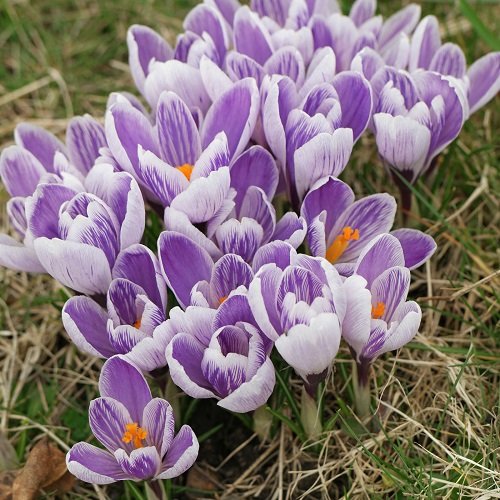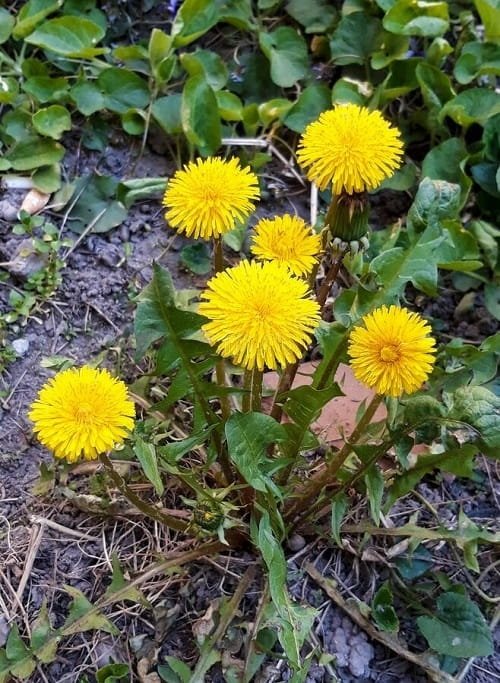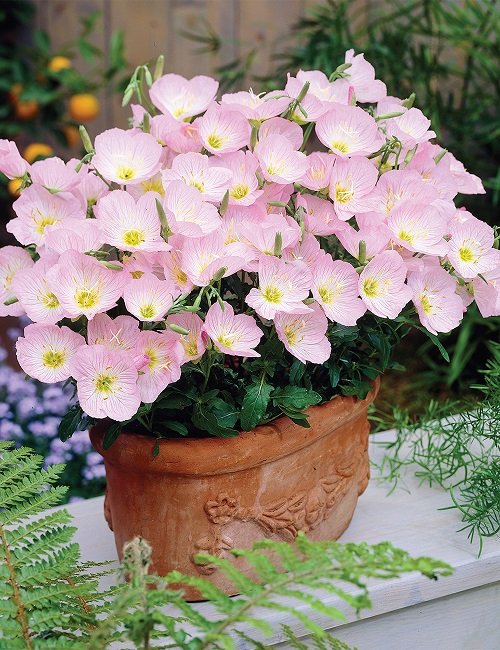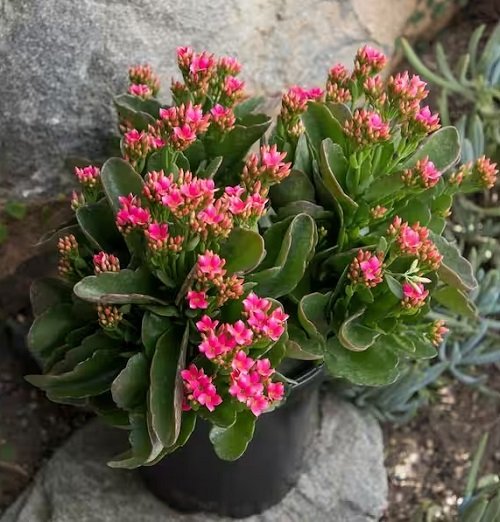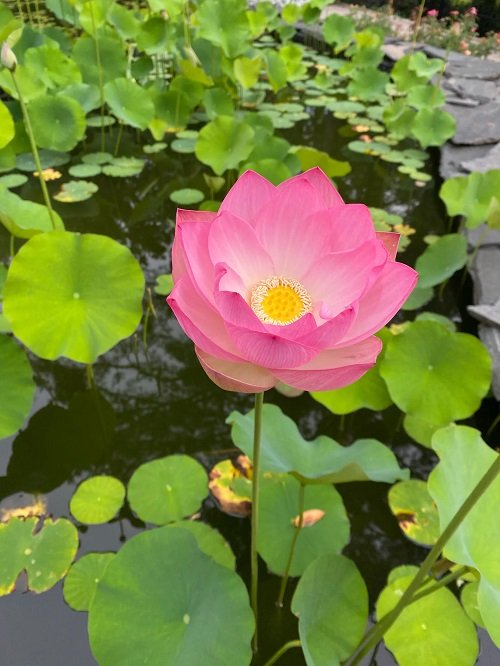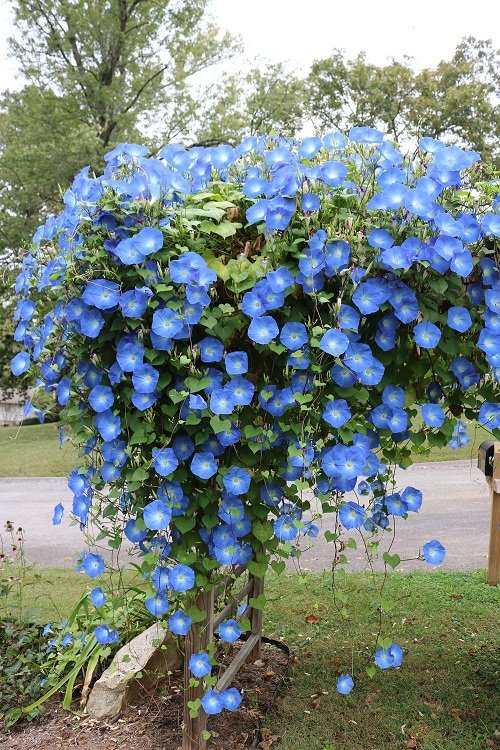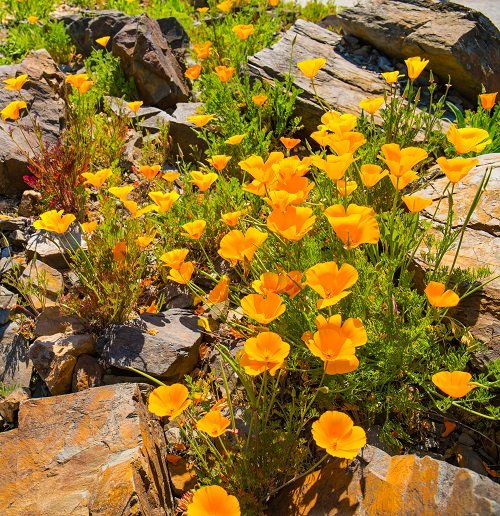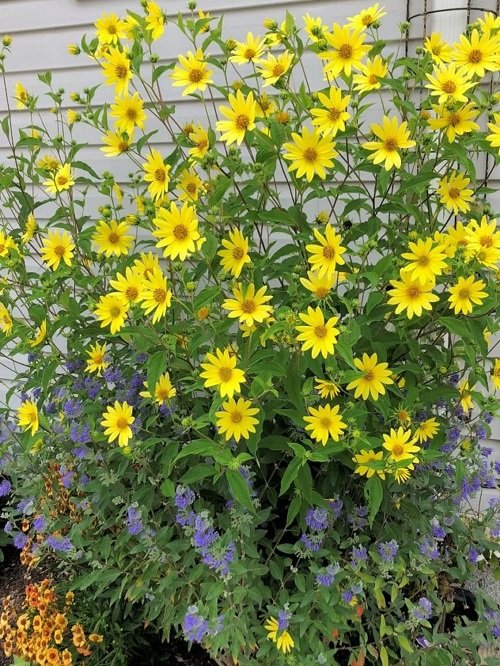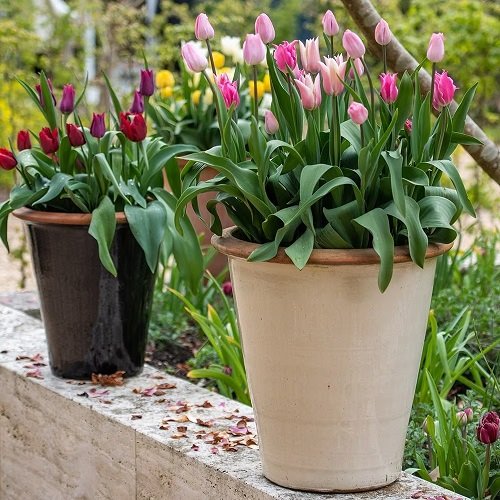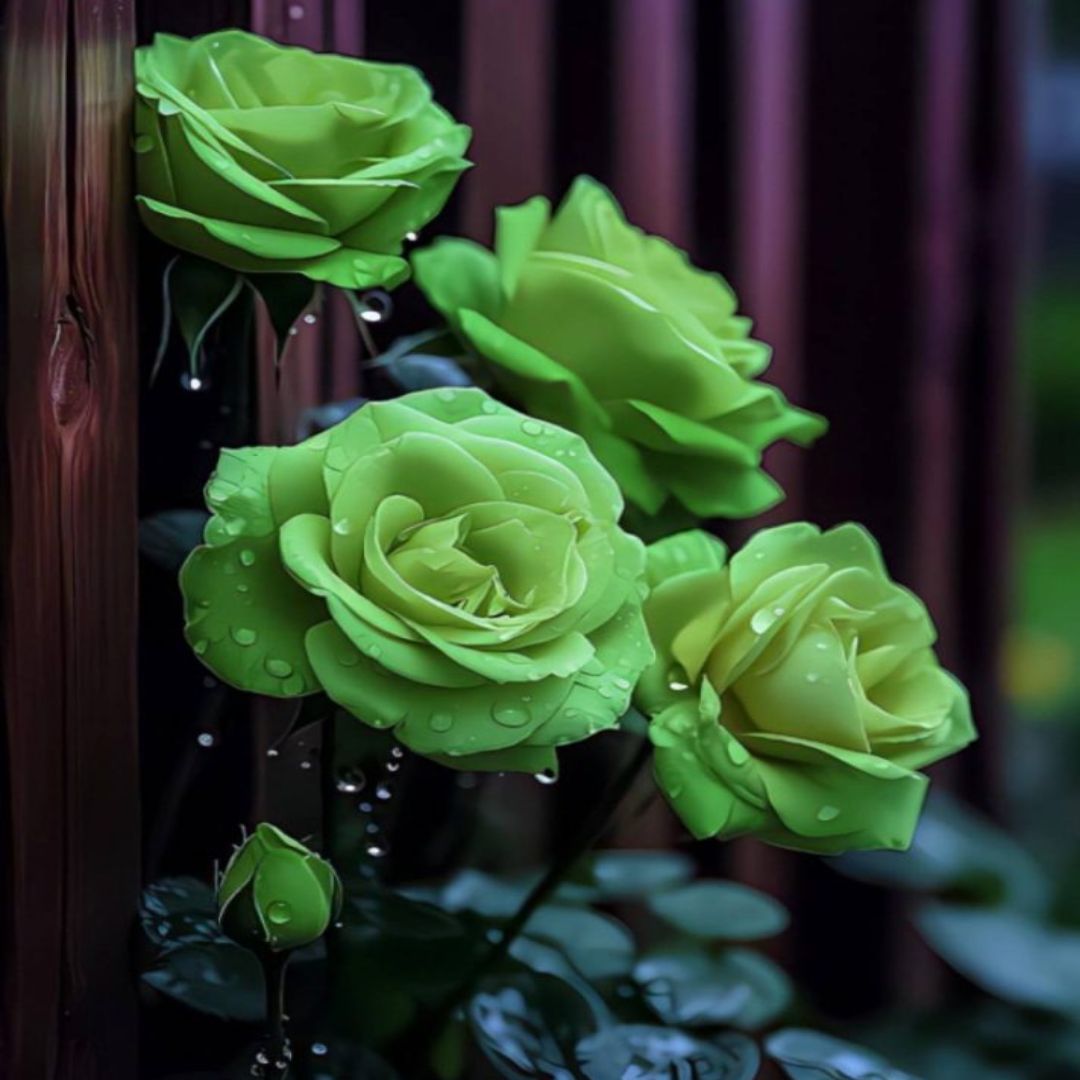Do you know about the Flowers That Close At Night? This list will surely surprise you with the most beautiful ones!
Some plants have the ability to open and close in response to different environmental stimuli, such as light or temperature. In this article, we’ll take a closer look at Flowers That Close At Night.
Flowers That Close At Night
1. African Daisies
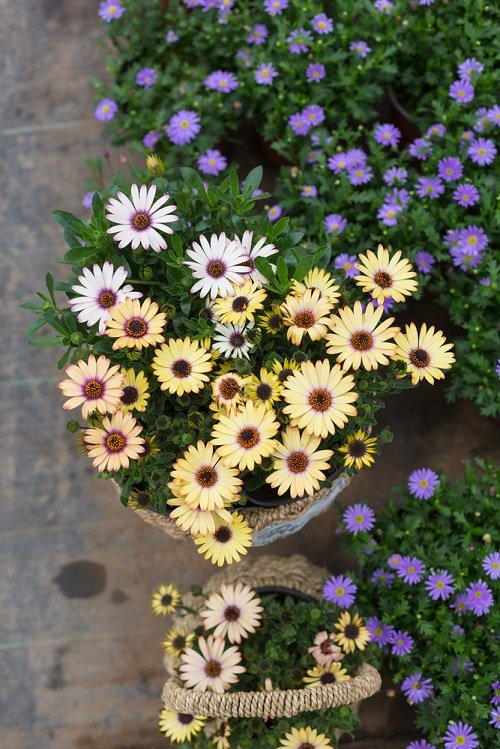
shutterstock/ASGOLD
Botanical Name: Arctotis spp.
USDA Zones: 9-11
The first flower that close at night is the African daisies – This behavior is called nyctinasty, which is the rhythmic opening and closing in response to light or darkness.
2. Crocus
Botanical Name: Crocus vernus
USDA Zones: 3-8
When the weather is warm, the crocus opens up, revealing its beautiful purple, yellow, or white petals. When the temperature drops, the flower closes up again.
3. Dandelion
Botanical Name: Taraxacum officinale
USDA Zones: 3-9
Dandelion flowers may close wholly or partially during cloudy or rainy weather or in the absence of direct sunlight, which is during late evening or nighttime.
Learn about the Best Dandelion Fertilizers You Can Use, here
4. Evening Primrose
Botanical Name: Oenothera ‘Pink Petticoats’
USDA Zones: 4-9
These flowers also exhibit nyctinasty – they typically open in the evening or during low light conditions and close during daylight hours.
5. Gazanias
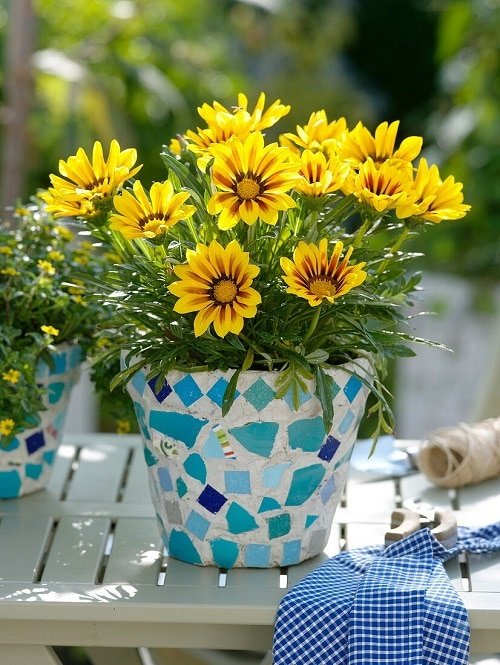
living4media
Botanical Name: Gazania spp.
USDA Zones: 9-11
Gazanias exhibit a fascinating behavior known as heliotropism, which means their flowers track the movement of the sun. When the light is low, the petals close.
6. Kalanchoe
Botanical Name: Kalanchoe spp.
USDA Zones: 10-12
In low-light conditions or during the evening hours, the flowers may appear to close or fold their petals to a certain extent.
Check out our article on growing Kalanchoe indoors here
7. Lotus
Botanical Name: Nelumbo nucifera
USDA Zones: 5-10
In the late evening, as daylight starts to wane, lotus flowers gradually close. The petals fold inward and upward, covering the reproductive structures of the flower.
Here is How to Grow Lotus
8. Morning Glory
Botanical Name: Ipomoea spp.
USDA Zones: 2-11
Throughout the day, morning glory flowers remain fully open, basking in the sunlight. As daylight decreases, the flowers gradually close.
Learn How to Grow Morning Glory in Pots here
9. Poppy
Botanical Name: Papaver spp.
USDA Zones: 3-8
As the day progresses or after a day or two, the petals of the poppy flower begin to wither, curl, and fall off. This process is accelerated by factors such as heat and direct sunlight.
10. Sunflowers
Botanical Name: Helianthus annuus
USDA Zones: 4-9
In the morning, young sunflowers generally face east to catch the first rays of the rising sun. By evening, they typically face westward, with their petal slightly closed.
Here is How To Grow Sunflowers On The Balcony
11. Tulip
Botanical Name: Tulipa spp.
USDA Zones: 3-7
Tulip flowers exhibit nyctinasty, which causes them to open and close in response to changes in light and temperature.
As evening approaches and light levels decrease, tulip flowers start to close. The petals fold inward or partially close, forming a more slender and elongated shape.
12. Water Lilies
Botanical Name: Nymphaea spp.
USDA Zones: 3-11
Water lily flowers usually open in the morning and close in the late afternoon or evening. This is primarily influenced by environmental factors such as temperature, light intensity, and the age of the flower.
Learn How to Grow Water Lilies in Glasses here
13. Moss Rose
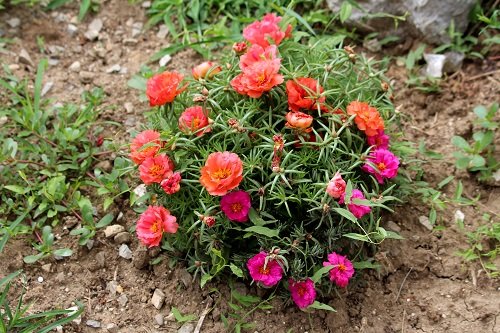
shutterstock/Hecos
Botanical Name: Portulaca grandiflora
USDA Zones: 8-11
The flowers of this plant are in all their glory when the sun is shining, and as the moment evening approaches, you can see them all closed!
14. Day Blooming Cestrum
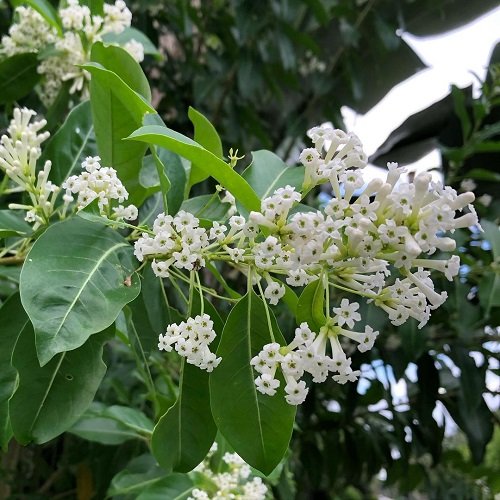
gramisue
Botanical Name: Cestrum diurnum
USDA Zones: 8-11
While the flowers of Day Blooming Cestrum typically open during the day, they may start to close in the late afternoon or evening as the daylight decreases. This behavior is known as “diurnal closing.”
